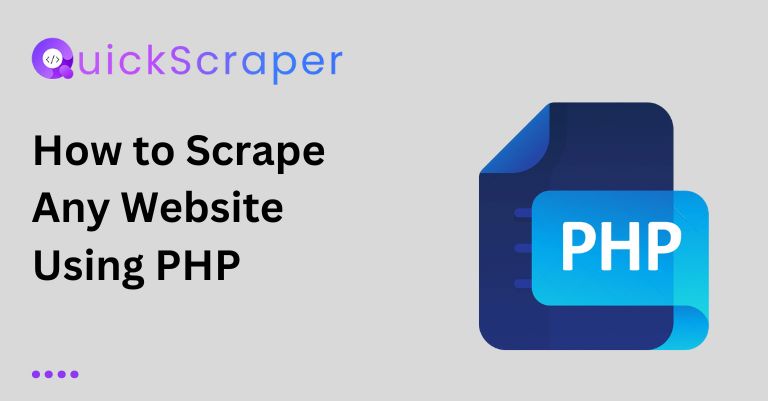
How to Scrape Any Website Using PHP
How to Scrape Any Website Using PHP Do you hate manually copying and pasting data from websites? With web scraping, you can automate the
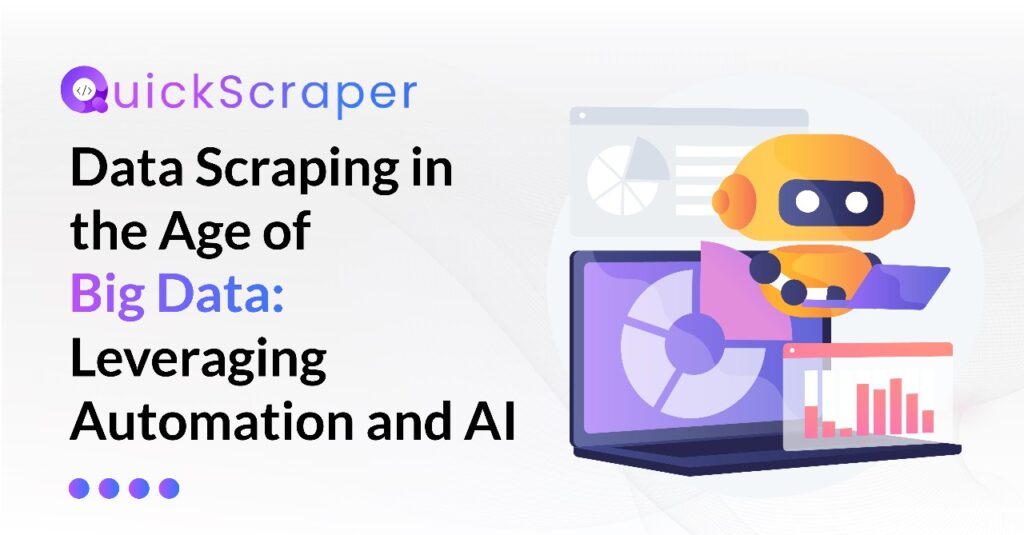
As technology continues to evolve, data’s significance has grown exponentially. With the advent of Big Data, organizations have access to vast amounts of information that can drive decision-making, inform strategies, and uncover valuable insights. However, the process of collecting this data can be a monumental task. This is where data scraping, empowered by automation and artificial intelligence (AI), comes into play. In this article, we will delve into the world of data scraping, exploring its intricacies, benefits, challenges, and the role of automation and AI in streamlining the process.
Data scraping, often referred to as web scraping, is the practice of extracting information from websites, databases, or any online source. It involves automatically fetching data from these sources and transforming it into a structured format that can be analyzed. Data scraping has become increasingly relevant in the context of Big Data, as it enables organizations to tap into the vast pool of online information for various purposes, including market research, competitive analysis, lead generation, and more.
While data scraping offers numerous benefits, it is not without its challenges. Some of the common challenges include:
Automation plays a pivotal role in data scraping by enabling the seamless extraction of data from multiple sources. Here’s how automation contributes to the process:
The integration of AI technologies further enhances the capabilities of data scraping:
To harness the power of data scraping and maximize its benefits, organizations should follow these best practices:
In the era of Big Data, the practice of data scraping has emerged as a crucial technique for data collection and analysis. Leveraging automation and AI not only streamlines the scraping process but also enhances the quality and depth of insights that can be derived from the collected data. By understanding the benefits, challenges, and best practices associated with data scraping, organizations can unlock valuable information that drives informed decision-making and contributes to their success in a data-driven world.

How to Scrape Any Website Using PHP Do you hate manually copying and pasting data from websites? With web scraping, you can automate the
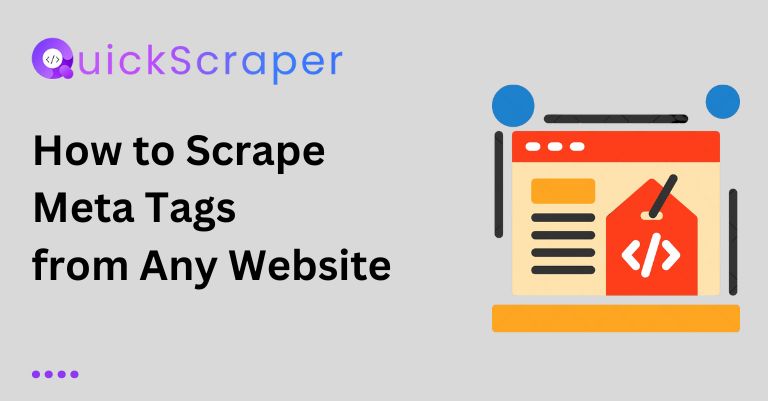
How to Scrape Meta Tags from Any Website Meta tags are snippets of text that describe a website’s content, and search engines use them to
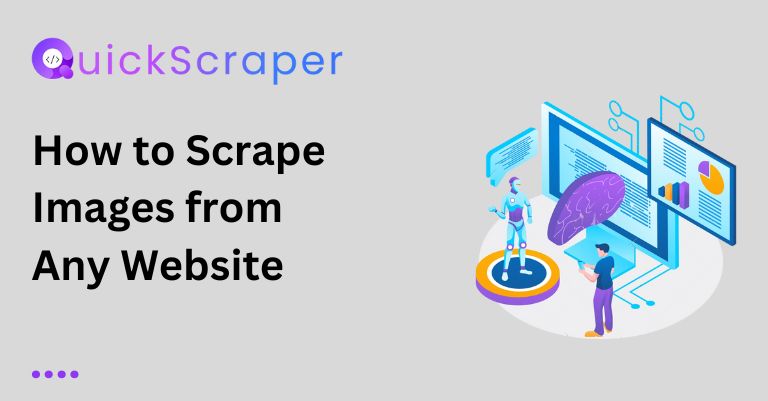
How to Scrape Images from Any Website Scraping images from websites can be a useful technique for various purposes, such as creating image datasets, backing
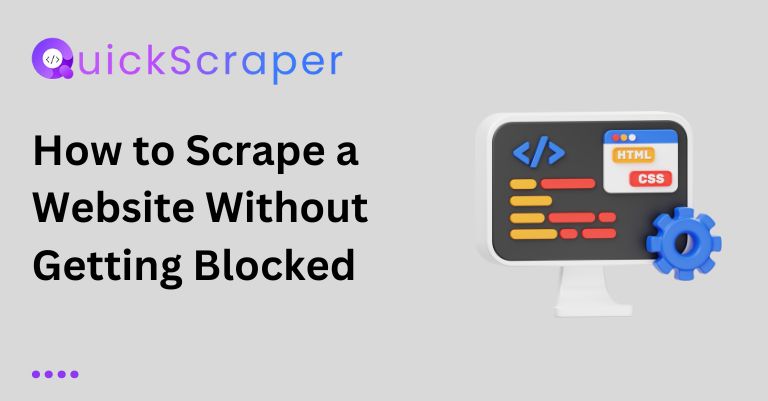
How to Scrape a Website Without Getting Blocked: A Developer’s Guide Web scraping, as a powerful tool, is beneficial for developers, giving them the power

How To Scrape Yelp Data using Python Web scraping is the process of extracting data from websites automatically. In this blog post, we’ll learn

How to Scrape Stock Prices Every Day using Python In this blog post, we will learn how to scrape stock prices from a financial website
By clicking “Accept”, you agree Quickscraper can store cookies on your device and disclose information in accordance with our Cookie Policy. For more information, Contact us.